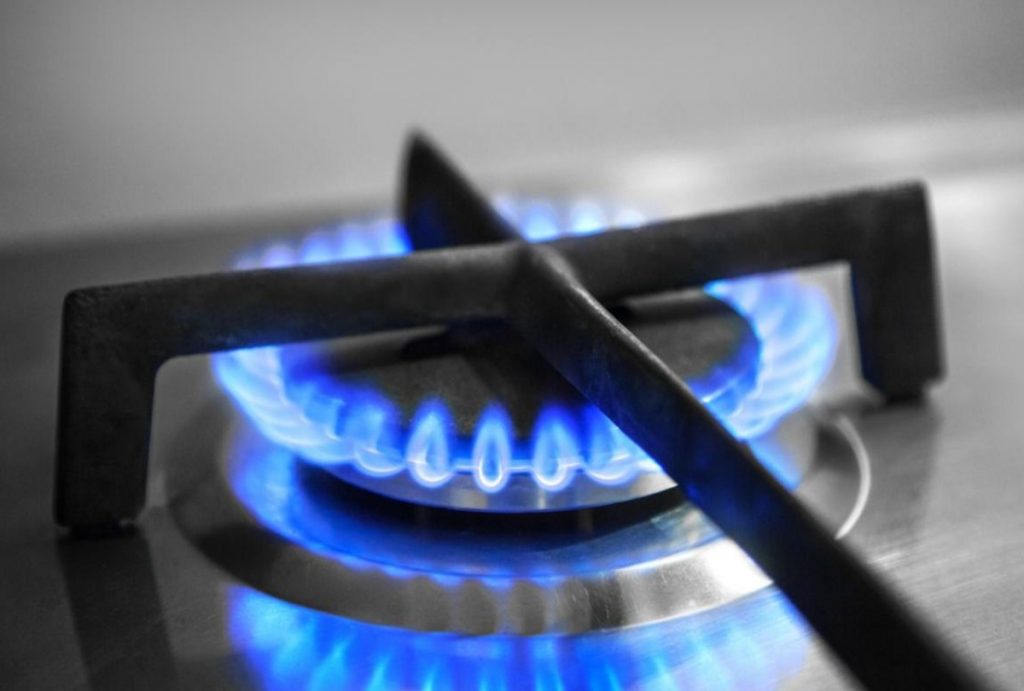
(Reuters) U.S. natural gas futures jumped about 5% to a four-week high on Monday on a decline in output and forecasts for hotter weather next week than previously expected that should boost the amount of gas power generators burn to keep air conditioners humming.
Front-month gas futures for September delivery on the New York Mercantile Exchange rose 10.1 cents, or 4.8%, to $2.224 per million British thermal units (mmBtu) at 12:12 p.m. EDT (1612 GMT), putting the contract on track for its highest close since July 22.
That price increase came even though there was still about 13% more gas in storage than is normal for this time of year.
Storage builds, including last week’s rare August withdrawal, have been smaller than normal in 13 of the past 14 weeks because several producers cut output earlier in the year after futures prices dropped to 3-1/2-year lows in February and March.
The storage decline during the week ended Aug. 9 was the first weekly withdrawal in August since 2006.
Higher prices in April and May prompted some drillers, including EQT and Chesapeake Energy, to start boosting output again. But after prices dropped 22% in July, some analysts said producers could keep their drilling activities reduced for longer.
EQT is the nation’s biggest gas producer and Chesapeake is on track to become the biggest after its planned merger with Southwestern Energy.
But with gas futures up about 9% so far in August, speculators last week boosted their net long futures and options positions on the New York Mercantile and Intercontinental Exchanges for the third time in four weeks to their highest since July, according to the U.S. Commodity Futures Trading Commission’s Commitments of Traders report.
SUPPLY AND DEMAND
Financial firm LSEG said gas output in the U.S. Lower 48 states slid to an average of 102.4 billion cubic feet per day (bcfd) so far in August, down from 103.4 bcfd in July. That compares with a monthly record high of 105.5 bcfd in December 2023.
Meteorologists forecast weather across the country would remain mostly near normal through Aug. 23 before turning hotter than normal from Aug. 24-Sept. 3.
With more heat coming, LSEG forecast average gas demand in the Lower 48, including exports, will rise from 104.0 bcfd this week to 105.5 bcfd next week. The forecast for this week was lower than LSEG’s outlook on Friday, while its forecast for next week was higher.
Gas flows to the seven big U.S. LNG export plants rose to 12.8 bcfd so far in August, up from 11.9 bcfd in July when Freeport shut for nine days for Hurricane Beryl. That compares with a monthly record high of 14.7 bcfd in December 2023.
The U.S. became the world’s biggest LNG supplier in 2023, ahead of recent leaders Australia and Qatar, as much higher global prices fed demand for more exports due in part to supply disruptions and sanctions linked to Russia’s invasion of Ukraine.
Gas prices were trading around $13 per mmBtu at the Dutch Title Transfer Facility (TTF) benchmark in Europe and at an eight-month high near $15 at the Japan Korea Marker (JKM) benchmark in Asia.
Reporting by Scott DiSavino; editing by Jonathan Oatis
Share This:




 CDN NEWS |
CDN NEWS |  US NEWS
US NEWS 































